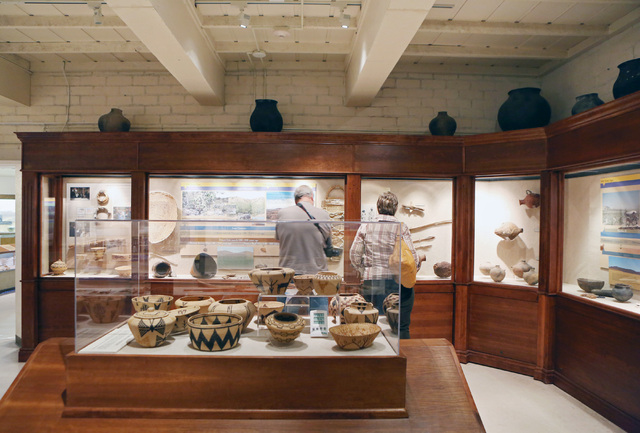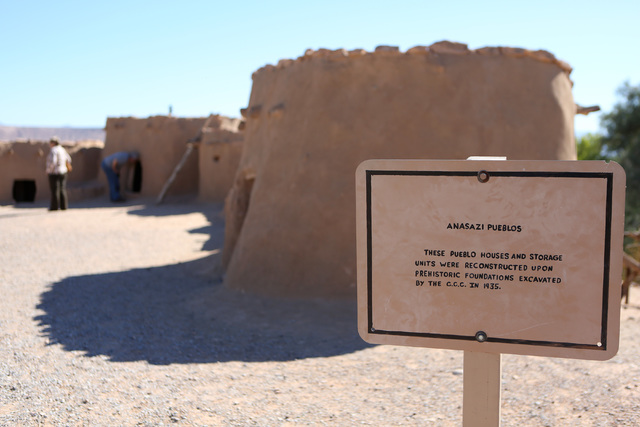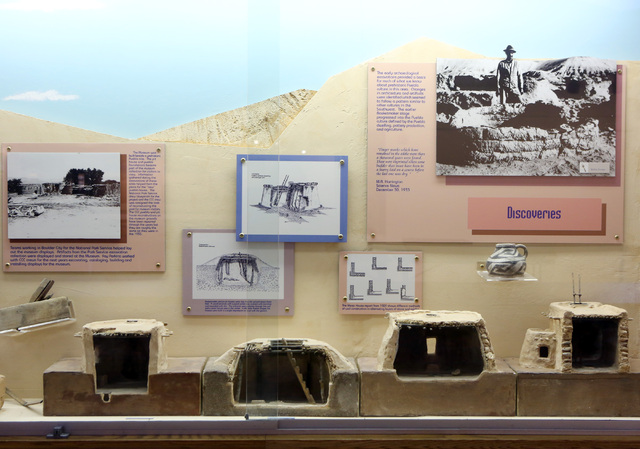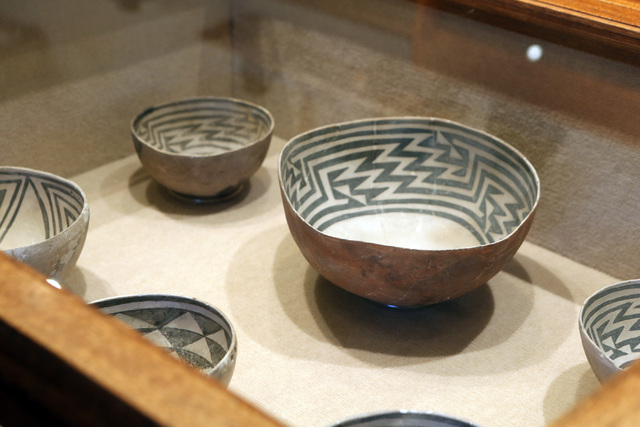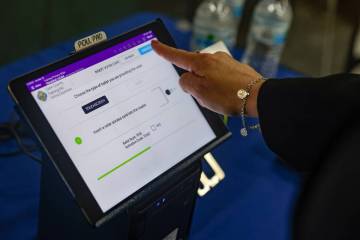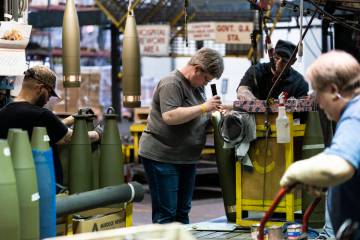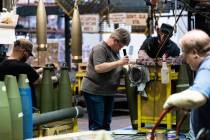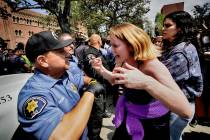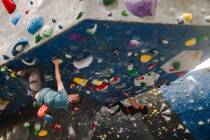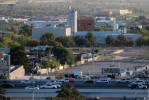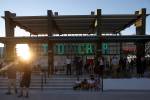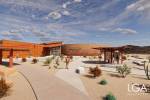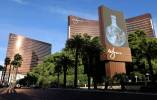Lost City Museum a hidden Nevada cultural gem
The sound of ducks quacking in the distance greets you as you walk up the slight incline toward the adobe building. Cacti surround the property, and a passenger car pulls in the paved parking lot.
Welcome to Pueblo Grande de Nevada.
A drive through Moapa Valley and its plethora of horse properties will net you a visit to the Lost City Museum, a Nevada cultural gem hidden in the desert. Although commonly called Lost City today, the Basketmaker and Pueblo ruins along the 30-mile Muddy River Valley originally were termed Pueblo Grande de Nevada.
An active Anasazi community from 300 B.C. to A.D. 1150, the ruins were reported to Nevada Gov. James Scrugham by Overton natives and brothers John and Fay Perkins, thus launching the site excavation that attracted archaeologist M.R. Harrington in the mid-1920s.
In 1933, the Civilian Conservation Corps, a public work relief program, established a presence in the area, and subsequently built the museum in 1935. A whopping $5,900 was allocated by Congress for the construction. The project was designed by Harrington.
Originally, the museum was called the Boulder Dam Park Museum, but evolved to the more widely used moniker of the Lost City Museum.
Today, Jesse Davie greets visitors coming in the front door at Lost City, providing them with any detail they need to get their experience going. In fiscal year 2013, the Lost City Museum had 9,447 visitors. Of those, 6,896 were tourists, including international visitors from countries such as Austria, Italy, New Caledonia, Kazakhstan and Estonia.
“It almost has a spiritual quality when you walk in. You see all of these old things and you kind of feel the ancestral Puebloan that still lingers. There are so many things here,” said Denise Sins, Lost City’s exhibit preparator.
Perhaps that feeling lingers because the museum was built over the original archaeological dig, part of which is preserved inside as an exhibit.
“We’re the only archaeological museum in the state that I know of,” Sins said.
Throughout the museum, visitors can see artifacts such as field notes from Fay Perkins, South Paiute baskets, an agave knife, pottery and a panel describing St. Thomas, Nev., a ghost town discovered at Lake Mead that once was home to Mormon settlers. Artifacts from St. Thomas at the museum include a notary public seal and an ink bottle.
“The artifacts we have are very unique. The ancestral Puebloans who lived here 1,000 to 2,000 years ago left a lot of their material culture,” Sins said. “It’s important that we preserve the artifacts because they have no written history.”
Another exhibit shows how Nevada geology changed through time, categorized by eras including Middle Paleozoic and Late Cenozoic. Soon, Southern Paiute photographs will be going up on a now-blank wall, and the museum will have a Nevada 150 exhibit during the year-long celebration, with panels, text and photos, replacing the artifact restoration, rock art and petroglyphs exhibit for the duration. The 150 exhibit will feature notable state moments with breakouts from the subject areas of gaming, divorce, women, mining and Native Americans with artifacts to accompany those. One wall will focus on state symbols.
Outside the museum itself, a dirt path leads visitors to the back of the building to reconstructed Basketmaker pithouses and Pueblo surface dwellings. New mud is placed on the reconstructed Anasazi adobes outside each year, to fill in cracks created by the elements.
If you’re in the mood to shop, a fully stocked museum gift shop features items such as bandanas, jewelry and books to take home. Lost City operates from a private budget, and it does not receive state funding for exhibits. The museum also obtains grants for specific projects.
The Lost City Museum was listed on the National Registry of Historic Places in 1996. In 1975 the museum was mentioned in book No. 52 in the Nancy Drew series, “The Secret of the Forgotten City,” when the lead character visited the Lost City Museum and Valley of Fire.
While making the trek to the Lost City, look out for signs posted in front of the many farm homes in Moapa Valley, advertising the sale of wares such as honey and homemade alligator jelly — a mix of pomegranate and jalapeños. The area also hosts festivals throughout the year, including the Clark County Fair and the annual pomegranate festival, held in fall.
Contact reporter Laura Carroll at lcarroll@reviewjournal.com or 702-380-4588. Follow @lscvegas on Twitter.
The Lost City Museum in Overton is open 8:30 a.m.-4:30 p.m. daily at 721 S. Moapa Valley Blvd. For more information, call 702-397-2193 or visit www.nevadaculture.org.



